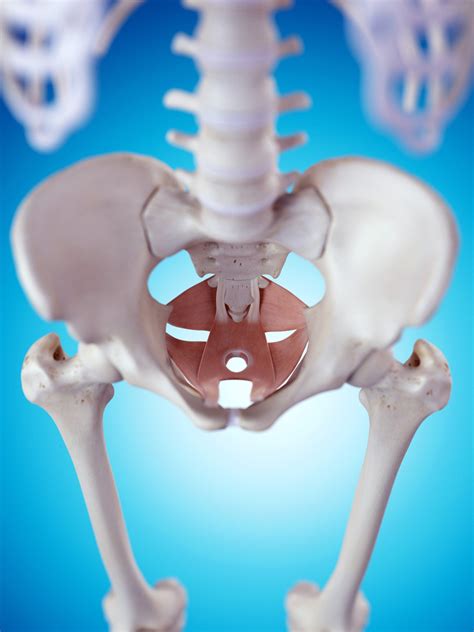Pelvic Floor Disorders: Causes, Symptoms & Treatment
Pelvic Floor Disorders FAQ
What is pelvic floor dysfunction?
Pelvic floor dysfunction is a common condition where you can’t correctly relax and coordinate the muscles in your pelvic floor to urinate (pee) or have a bowel movement (poop). Think of your pelvis as being home to organs like your bladder, uterus, prostate and rectum. Your pelvic floor muscles are the home’s foundation.
What are bladder and pelvic floor disorders?
Bladder and pelvic floor disorders, also known as urogynecologic disorders, include any pain or dysfunction in the area of the uterus, cervix, vagina, bladder or rectum. The primary types of bladder and pelvic floor disorders are: Stress Incontinence - Tiny leaks that occur when motion stresses the bladder.
What is a pelvic floor disorder (PFD)?
A PFD occurs when the pelvic muscles and connective tissue weaken or are injured. What are the symptoms of pelvic floor disorders (PFDs)? Symptoms vary depending on the type of PFD. They may include a frequent urge to urinate, leaking urine, and a feeling of heaviness in the vagina.
How common is pelvic floor dysfunction?
As the symptoms and conditions of pelvic floor dysfunction span a broad spectrum of disciplines, determining the overall incidence of the amalgam of disorders is difficult. By the age of 80, about 11% of women will have one or more surgical interventions for urinary incontinence or pelvic organ prolapse.
How to prevent pelvic floor dysfunction?
Looking after pelvic floor health helps to prevent pelvic floor dysfunction developing. We want to equip women with the knowledge to strengthen their pelvic floor. Taking preventative action like doing regular pelvic exercises can reduce the chance of developing symptoms of pelvic floor dysfunction. What is pelvic floor dysfunction?
Does pelvic floor dysfunction exist in the NHS?
pelvic floor dysfunction. However, no evidence was identified for this, so the committee made a research recommendation. since this is not currently used in the NHS. Since the other recommendation cross significant resource impact. Pelvic floor dysfunction covers a variety of symptoms. In this guideline, the following
Pelvic Floor Disorders References
If you want to know more about Pelvic Floor Disorders, consider exploring links below:
What Is Pelvic Floor Disorders
- https://my.clevelandclinic.org/health/diseases/14459-pelvic-floor-dysfunction
- https://www.healthline.com/health/pelvic-floor-dysfunction
- https://www.webmd.com/a-to-z-guides/what-to-know-about-pelvic-floor-dysfunction
- https://www.nichd.nih.gov/health/topics/pelvicfloor
- https://www.medicalnewstoday.com/articles/327511
- https://www.ncbi.nlm.nih.gov/books/NBK559246/
- https://www.pennmedicine.org/for-patients-and-visitors/patient-information/conditions-treated-a-to-z/pelvic-floor-disorders
- https://en.wikipedia.org/wiki/Pelvic_floor_dysfunction
- https://www.mayoclinic.org/medical-professionals/physical-medicine-rehabilitation/news/treating-patients-with-pelvic-floor-dysfunction/mac-20431390
Pelvic Floor Disorders Information
Explore Related Topics
How can physiotherapy support post-prostatectomy recovery?
Discover how physiotherapy can aid in the recovery process after a prostatectomy surgery and enhance prostate health.
